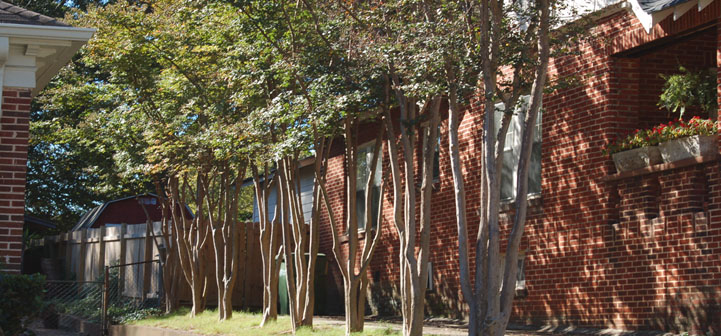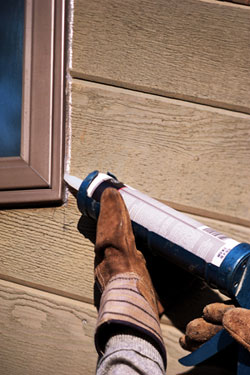Reviewed and Revised on 10/10/2013
Questions and Answers about Caulking and Weatherstripping Your Home
In a well-insulated home, air leaks are the greatest cause of wasted heating and cooling energy. Caulking and weatherstripping are effective ways to rid your home of costly drafts. Keep in mind that heat always moves toward …


